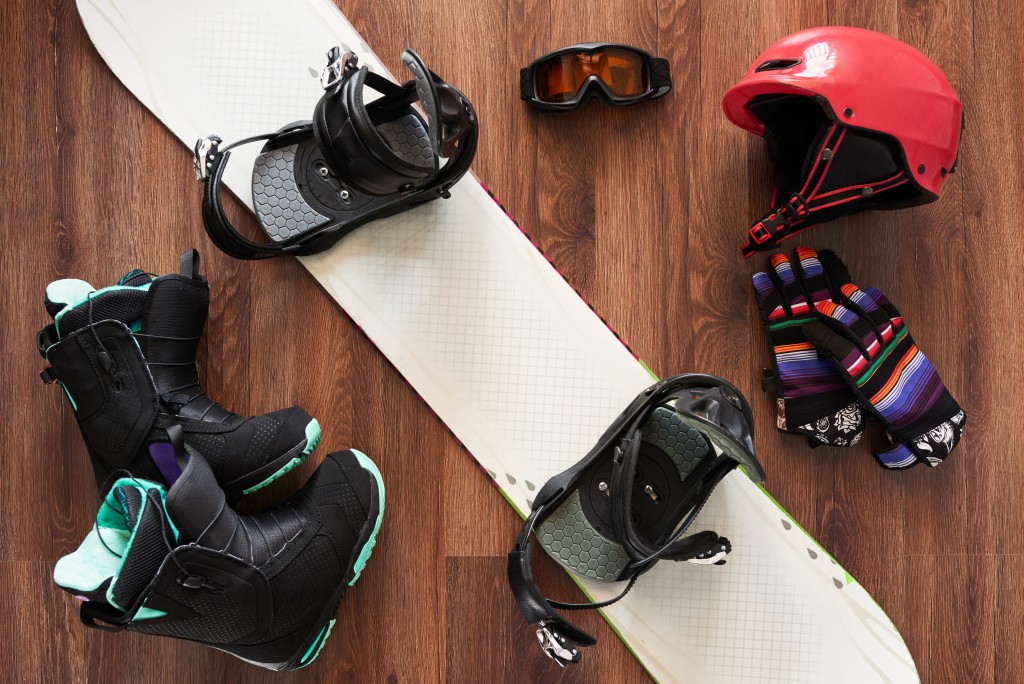A day on the ski slopes sounds like the best definition of fun. Skiing is, after all, one of the best ways to get your body juices flowing and breathe in the fresh air. It is nonetheless essential to dress appropriately for skiing.
Specific clothing layers and fabrics will work to keep you warm and make the difference between a fun day and one filled with shivering. Most people will only set out to get the best Arcteryx ski jackets and pants. This they assume is all it takes to keep warm on the slopes.
Waterproof pants and jackets with a rating between 5,000mm and 20,000mm and seam taping are your best picks. Skiing with cold feet is not fun and exposes you to a myriad of cold-related conditions. Ski socks and boots are essential skiing equipment for keeping your feet warm.
With so many ski boot models on the market, it is easy to make the wrong choice. Here are tidbits on the best types of ski boots for fun and warmth on the slopes.
Alpine/Downhill Boots
These feature a stiff plastic shell that holds your ankles and feet firmly in place. For the best skiing experience, buy the smallest alpine boots you can comfortably wear. This is because the boots slightly expand after you have used them because of the compression of their lining’s foam material.
Skilled skiers should settle for stiff ski boots designed for aggressive, precise and faster skiing. Only beginner and intermediate skiers with an above-average weight or size are the ones who need stiff alpine boots.
Touring Boots
These, unlike alpine boots, have a switch/mechanism that changes them from skiing to a touring or walk mode. In the touring mode, the boots’ cuffs move back and forth with a wide range of motion, thus allowing a natural stride motion.
Touring boots are generally lightweight, and their range of motion supports efficient uphill skiing. These boots often have inserts that enable their use with pin touring bindings.
Cross-Country Boots

These have good heel and ankle support and allow your toes some level of movement. Their support and weight are mostly similar to that of hiking boots. Since you lift your heels when skiing, cross-country boosts should be as comfortable as possible when you bend your foot.
Lightweight cross-country boots are generally costly, but they guarantee speed on the ski slope.
Telemark Boots
These are primarily heavy-duty cross-country boots that look much like downhill ski boots. Most telemark skiers opt for a tall and stiff boot. If, however, you will be using yours for touring as well, opt for lightweight boots. A properly fitting telemark boot will firmly hold your heel but allow your toes to move.
It should also snugly fit around the calves but not crush your foot.
You will be uncomfortable and cold without the right ski socks to wear with the above boots. Ski socks are available in diverse thicknesses and lengths, depending on the level of warmth and comfort you want. Even so, the best material alternatives for the socks are synthetics like nylon, spandex and polyester and merino wool.

